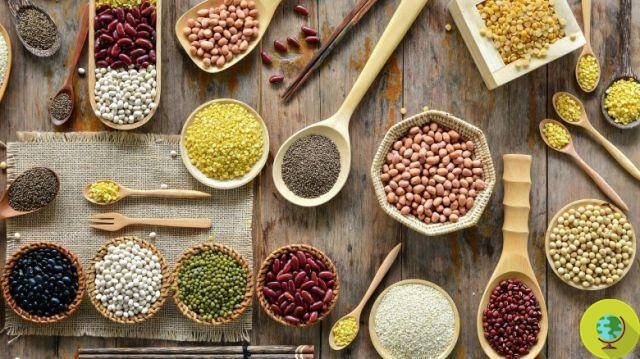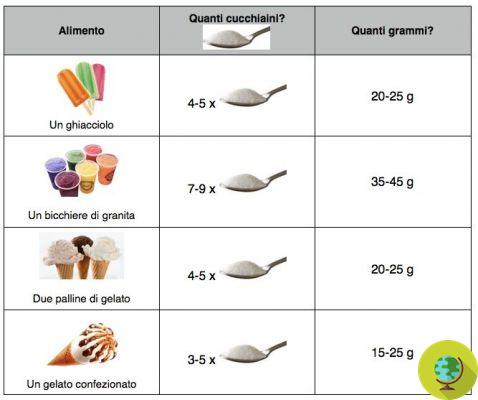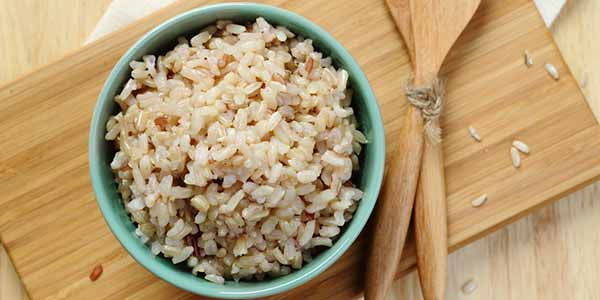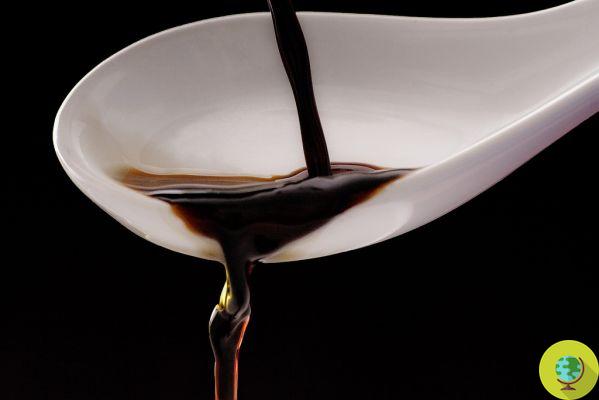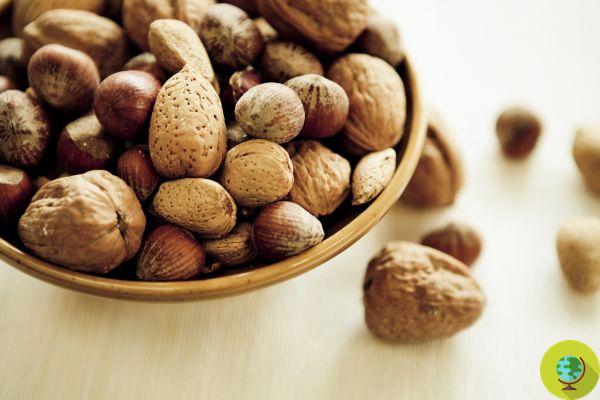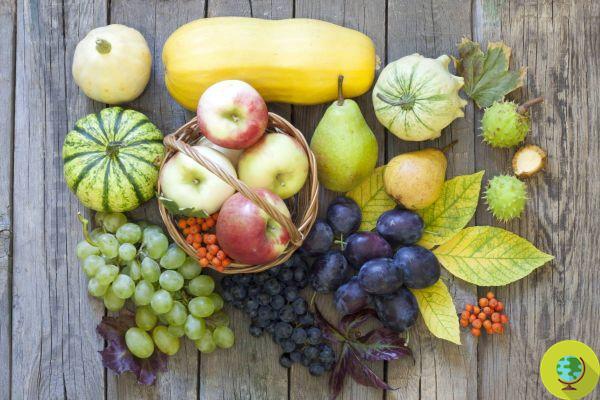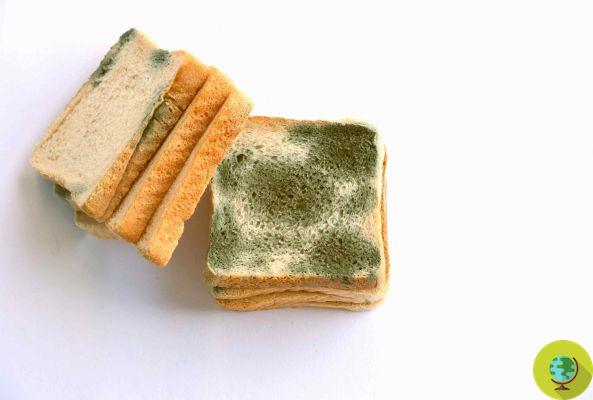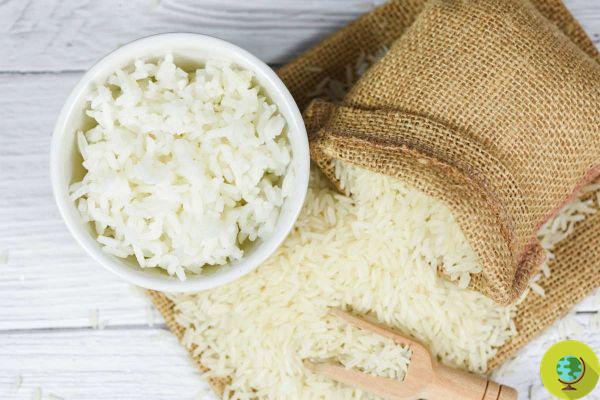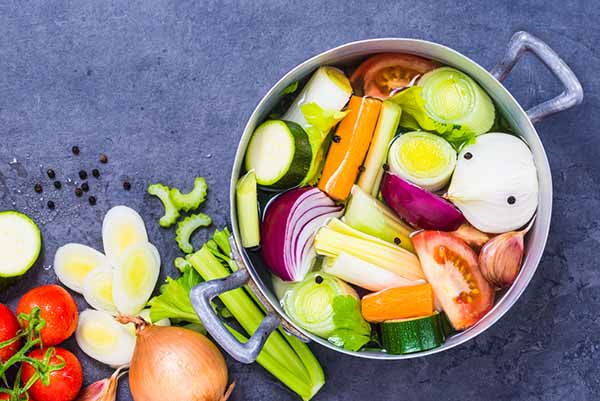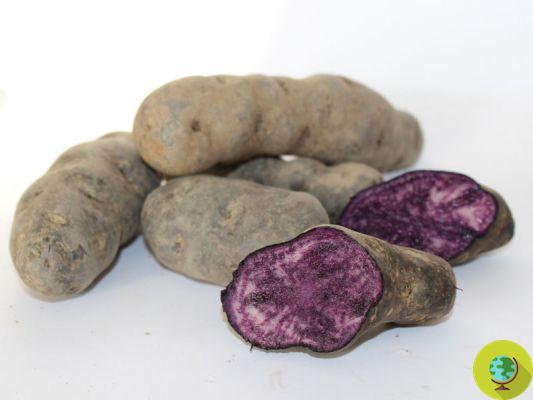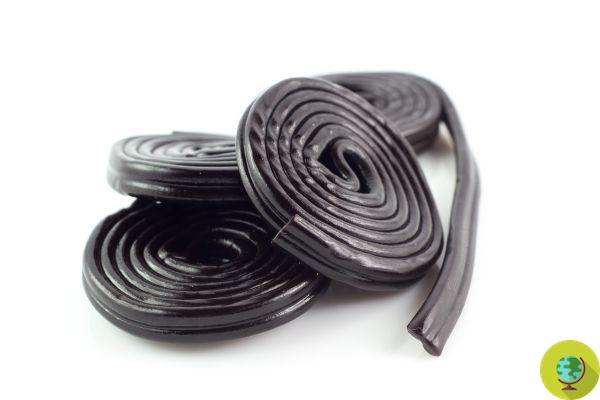The parsnip is a plant belonging to the umbrella family. It produces a white taproot that resembles a carrot in shape. The parsnip harvest takes place in spring and winter, after the first frost. It is grown in the vegetable garden or it grows spontaneously along the edges of the fields.
Don't store avocado like this: it's dangerous
La parsnip it is a plant belonging to the family of the umbelliferae. It produces a white or cream colored tap root that resembles a carrot in shape. The parsnip harvest takes place in spring and winter, after the first frost. It is grown in the vegetable garden or it grows spontaneously along the edges of the fields.
Some consider the parsnip to be a vegetable now almost forgotten but in reality the recovery of its cultivation is allowing us to rediscover it above all to prepare healthy and original cooking dishes. The parsnip is mainly used to prepare purees, soups and side dishes. We can insert the parsnip between roots of health.
La simpler cooking mode for parsnips it is boiling. Parsnip root has a sour taste and is eaten as a vegetable after cooking. The leaves of the parsnip are reminiscent of parsley.
Index
Nutritional values of parsnips
Normally grown parsnips contain about 80% water, 5% sugar, 1% protein, 0,3% fat and 5% vegetable fiber. The parsnip is particularly rich in mineral salts, above all of potassium. In fact, 100 grams of parsnips bring about 375 mg of potassium.
It is a source of B vitamins and Vitamin C, but unfortunately the vitamin C present in the raw root deteriorates with cooking. Most of the vitamins and minerals contained in parsnips are found near the peel. For this the parsnip should be cooked whole or peeled thinly.
As for the consumption of the parsnip cotta, 100 grams of boiled parsnips provide 71 calories, 4 grams of fiber, 5 grams of sugar, 1 gram of protein and contain 4% calcium, 22% vitamin C and 3% iron.
100 grams of boiled parsnips without salt provide 13 mg of vitamin C, 1 mg of vitamin E, 58 mcg of folate, 37 mg of calcium, 29 mg of magnesium, 367 mg of potassium, 10 mg of sodium and 1,7 mcg of selenium, according to the relative nutritional table . The parsnip, like all foods of plant origin, it does not contain cholesterol. The estimated glycemic load for cooked parsnips is 6.
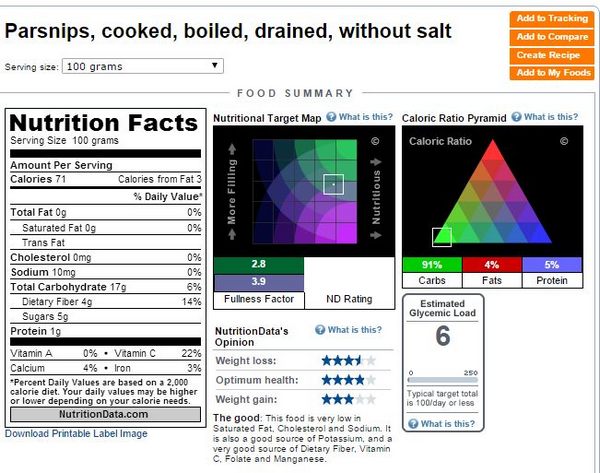
Photo source: Nutrition Data
Property of Beneficial della parsnip
The consumption of parsnips has gods potentials beneficial effects for health mainly due to the presence of antioxidants which are attributed anti-inflammatory, antifungal and anticancer properties.
Good fiber content parsnip is considered useful for preventing constipation and for reducing blood cholesterol levels. The vitamin C present in parsnips is a powerful water-soluble antioxidant readily available for our body starting from plant foods.
Vitamin C helps our body keep connective tissue, skin, teeth and gums healthy. The antioxidant properties parsnips protect us from disease and the action of free radicals, preventing aging.
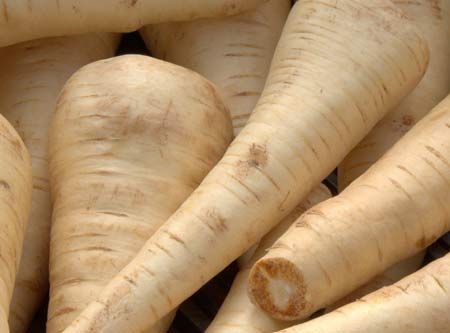
The parsnip is also considered beneficial for its content of Vitamin K, vitamin E and folic acid. Parsnip is also a source of potassium, among the different mineral salts it contains. Potassium is an important component of cell and body fluids. It helps to control heart rate and blood pressure and counteracts the effects of excessive sodium intake which can lead to hypertension.
Contraindications of parsnips
The consumption of parsnips is normally recommended and considered healthy except in the case of those suffering from allergies parsnip itself or possibly to plant foods of its own family or which can give rise to cross allergies.
The consumption of parsnips in sensitive individuals can trigger la oral allergic syndrome, with itching, redness of the eyes and a burning sensation in the lips and tongue. People with allergies to nuts, figs, carrots and parsley may develop a cross sensitivity to parsnips.
Marta Albè
Read also:
NOT JUST POTATOES! 12 HEALTHY TUBERS AND ROOTS TO INTRODUCE IN YOUR DIET
BIODIVERSITY TO DISCOVER: 10 COLORFUL VEGETABLES FRUIT OF MOTHER NATURE
THE 5 TUBERS OF HEALTH




